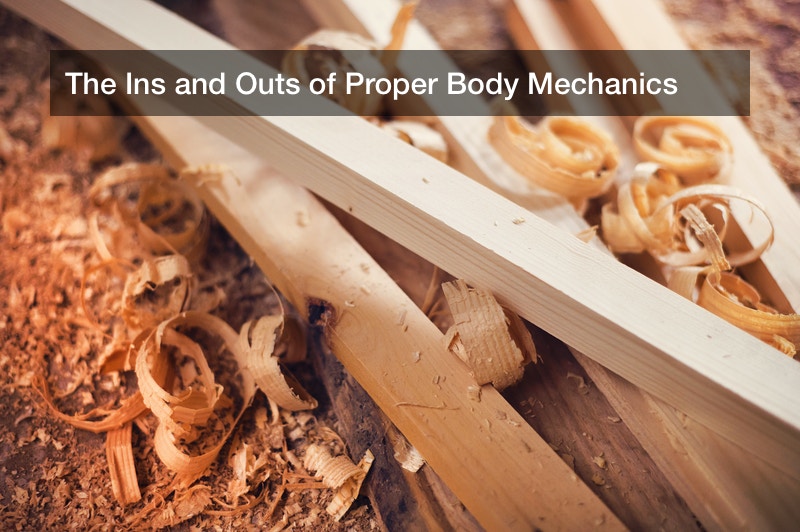
When experts talk about “body mechanics” they are generally referring to the way we move our bodies on a routine basis. This includes how we do things and what position our bodies are in as we move. There are a number of factors that can influence we do certain things and you do not need a dual digital inclinometer, a tool for a range of motion testing, to know when things are out of what.
When you are working on proper body mechanics, there are four areas to focus on. The first is posture. This is the way the spine sits. As children, standing up straight was not as much of a big deal as it becomes as we age. Before we need experts to use chiropractic alignment tools on us to get our spines in the right position, we simply stand up to put it in a neutral alignment.
Next, we look at support. We need to know where our center of gravity is before attempting to lift, pull, or push something. The wider our feet are spread, the more balance and stability we achieve.
We should always be aware of our strength in our muscles. There are a few that we use for most of our work throughout the day. The main busy muscles are in the core or torso, the arms, and legs. The best way to avoid injury is to just be aware of our limitations.
Lastly, there is a right way and a wrong way to lift heavy items. Most of us have heard the advice, “Lift with your back!” It is always a good idea to start the lifting process with the right posture and to do whatever is possible to avoid putting all of the pressure on the back.
Good posture is something that sounds like it should be easy (kids can do it) but can be more complicated than it seems it should be. Here are a few tips for maintaining good posture:
Never bend at the waist. It is always better to bend at the knees and hips. Many people wind up with chronic pain conditions because they always lift items by bending at the waist. When we bend at the knees and hips we more evenly distribute the weight of whatever it is we are lifting.
- Create a sound base by putting space between your feet. This is the best way to get the best balance.
- Align the back, pelvis, neck, and feet when turning. This will prevent twisting at the waist.
- Take it slow. Rome was not built in a day and if work calls for staying in the same position for a long time, breaks should be taken to alleviate stress and strain on the body.
Once the body has attained the right body mechanics, it is often more difficult to maintain them. This is often the case. It can be easy to lose weight but hard to keep it up. We do not need to have a dual digital inclinometer to keep our body mechanics right.
When walking and standing, we need to take care of our body mechanics. We should never lock the knees. When standing for a long time, it can help to move the position to alleviate discomfort.
When we sit, it is important to be careful because this is how much people spend most of their days. We should make sure the back is supported, the feet are flat, and the knee is bent at a 45-degree angle. Keep the back and neck in neutral positions to avoid injury.
When we sleep we need to be careful. This is how most people spend 33% of their lives. The mattress should be firm to allow us to maintain the correct posture.
Lifting is one of the most problematic activities when it comes to maintaining proper body mechanics. This is even more crucial of the object lifted weighs more than 10 pounds. The first thing is to avoid bending at the waist.
Health experts use dual digital inclinometers to get range of motion data. It is not essential to have a dual digital inclinometer. If we take care to pay close attention to our body, how it feels, how we place it when we move, we can maintain proper body mechanics.
